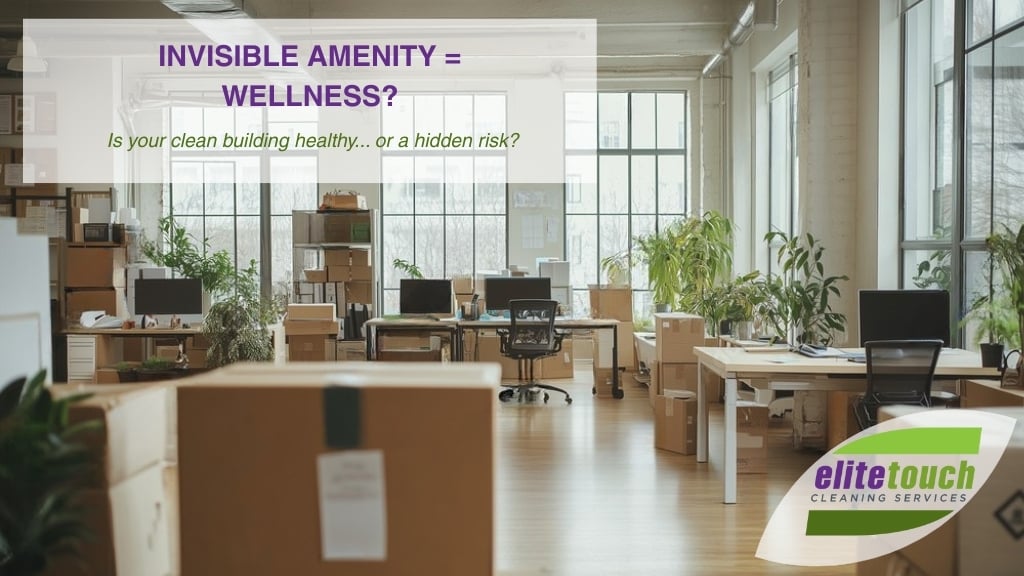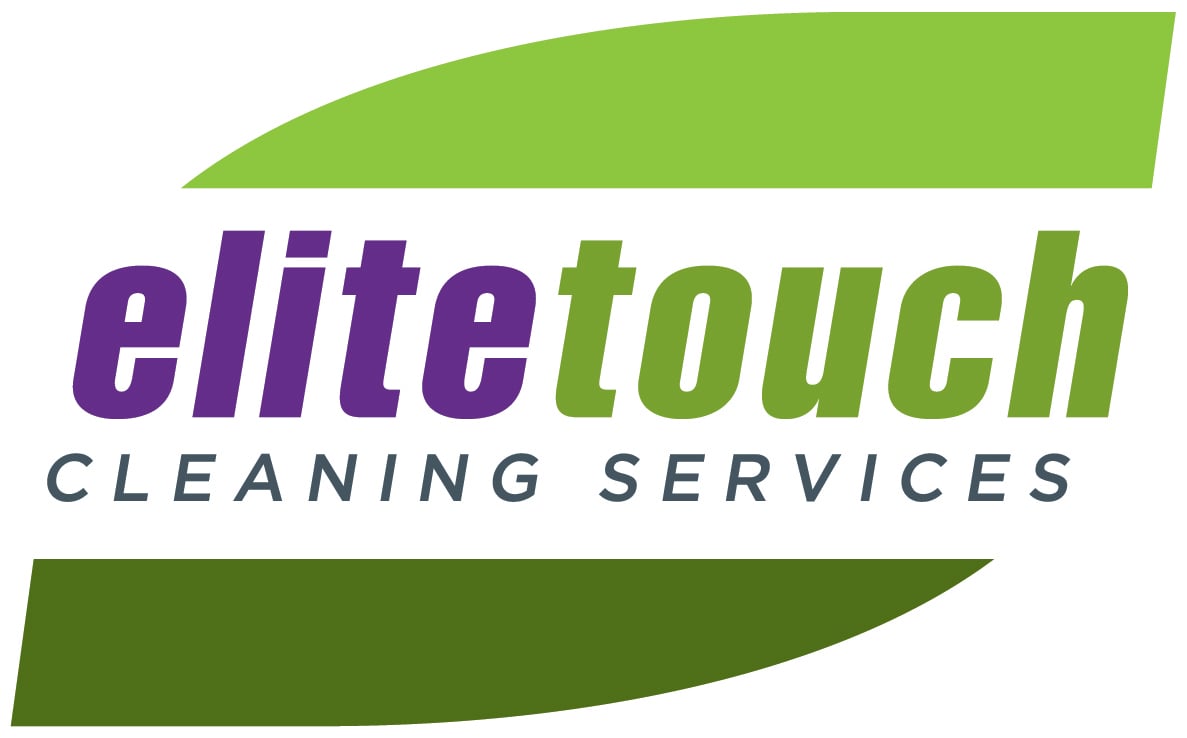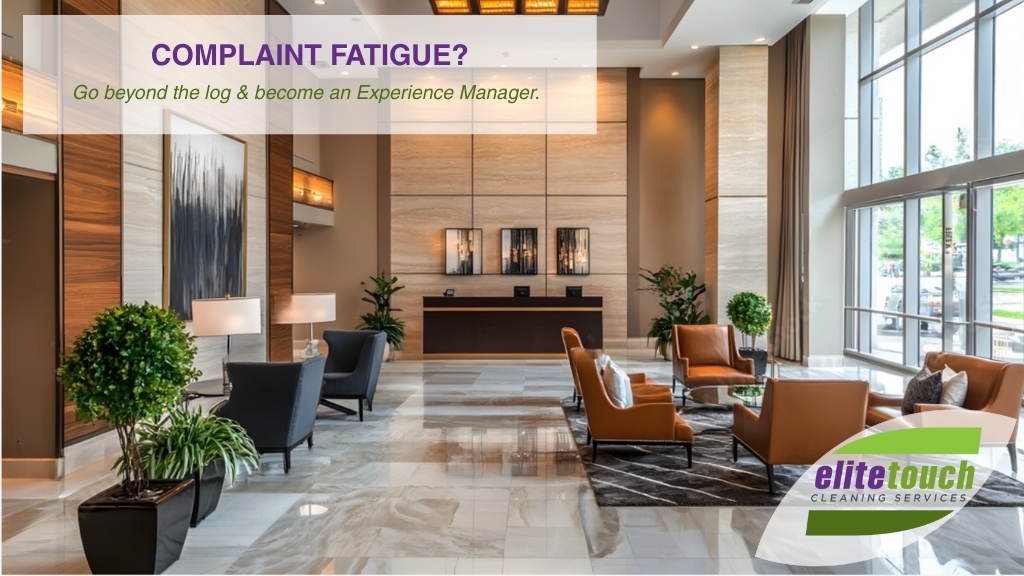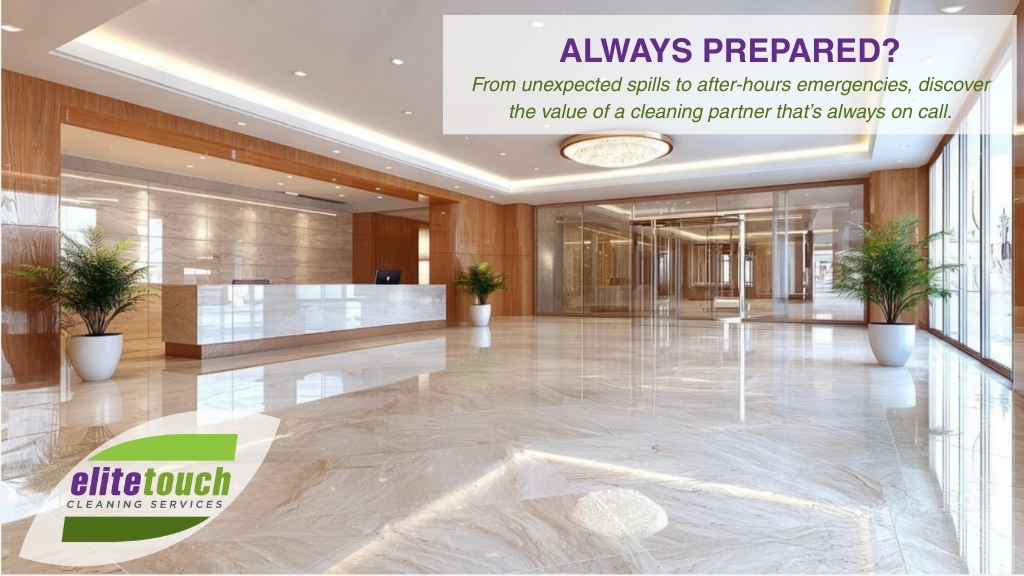The Invisible Amenity: Is Your Building's Standard of Clean Promoting Wellness or Risk?

Explore how cleanliness has become the Invisible Amenity—a crucial yet often overlooked factor that influences resident wellness, satisfaction, and your property's long-term value.
You have a list of amenities you’re proud of. You show them off on every tour: the state-of-the-art fitness centre, the sparkling pool, the renovated resident lounge. These are the tangible, marketable features of your property. They are the bullet points in your brochure.
But what about the amenity that residents now value as much as any of these, yet is never listed? The invisible amenity of personal well-being. The deep-seated feeling of living in a space that is not just clean on the surface, but fundamentally healthy.
In today's world, this is no longer a passive expectation. It has become a primary, if often unspoken, driver of resident choice and satisfaction. Cleanliness has evolved from basic maintenance into your property's most crucial invisible amenity. And right now, your building is either delivering it, or you’re exposing your residents—and your reputation—to risk.
The Big Shift: What Residents Really Want Now
Think back a few years. As long as a building wasn’t overtly dirty, most residents didn’t give cleanliness a second thought. It was an absence of a negative.
That has changed completely.
People are now acutely aware of their immediate environment. They think about high-touch surfaces. They consider air quality. They notice the details. They don't just want a space that looks clean; they want the peace of mind that comes from a space that feels healthy. They want to see the subtle but consistent evidence of care.
This is a fundamental shift in the resident mindset. A clean environment is no longer just about aesthetics. It’s a core component of the modern living experience, as vital as good water pressure or reliable Wi-Fi.
Moving from 'Visually Tidy' to 'Actively Healthy'
This new expectation requires a higher standard. It demands a move from a superficial approach to a substantive one. Many cleaning services are still stuck in the old model, focused only on what is immediately visible.
- The Old Standard: Wiping away visible dust. Mopping a floor until it looks shiny. Emptying the trash. This is aesthetic cleaning.
- The New Standard: Using the correct disinfectants on all high-touch surfaces—elevator buttons, door handles, gym equipment, mailroom keypads. Employing vacuums with HEPA filters that actively remove allergens and particulates from the air, not just push them around. Implementing protocols that focus on hygiene first, not just appearance.
This is the difference between tidying up and actively promoting wellness. One is a task. The other is a philosophy of care that permeates the entire property. When a resident uses the gym, they shouldn’t have to wonder if the person before them wiped down the equipment. They should have confidence that the space is professionally managed for their well-being. That confidence is the invisible amenity.
The Competitive Edge of a Healthy Building
Once you recognize cleanliness as a wellness feature, you can turn it into a powerful, subtle marketing tool. This isn’t about placing signs everywhere that say, "Sanitized for your protection!" That can feel clinical and alarming.
It's about creating an environment that speaks for itself.
When a prospective resident tours your property, they are making a decision based on feeling and instinct as much as on features and price. A building that smells fresh, where the air feels clean, where the details are clearly looked after, communicates a message of quality and care that no brochure can. It becomes a silent tie-breaker.
Faced with two otherwise identical buildings, a person will always choose the one where they feel safer and more at ease. By investing in this invisible amenity, you are building a powerful competitive advantage that is very difficult for your competition to replicate.
The Other Side of the Coin: Managing Risk
What happens when you fail to deliver the invisible amenity? You do more than miss a marketing opportunity; you actively create risk.
A resident who doesn't feel their environment is healthy is a resident on edge. They might use the amenities less, eroding the value of your offerings. They might feel a low-grade, constant anxiety that they associate with their home. They become far more likely to look for a new place to live at the end of their lease.
Beyond that, in today's world, a visibly unclean environment can be perceived as a neglectful one. It creates a gap in trust between residents and management. It suggests that if the small things are being missed, perhaps the big things are, too.
Your janitorial service is no longer just a maintenance function. It is a key partner in risk management and resident well-being.
Your property already offers this invisible amenity. The only question is whether it's a positive one that builds trust and value, or a negative one that creates doubt. The standard of your clean is a daily promise to your residents. Make sure it's one you can keep.


